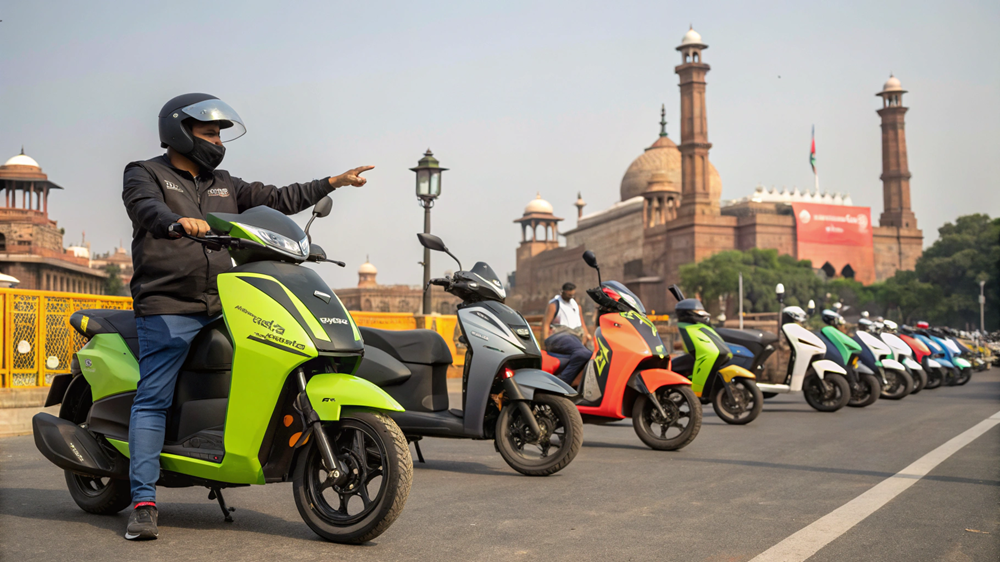Environmental Impact of EVs in India

Electric vehicles (EVs) are increasingly seen as a sustainable alternative to traditional gasoline-powered cars. As the country grapples with air pollution and climate change, the shift towards EVs is seen as a crucial step. But how do these EVs impact the environment? Let’s break it down in simple terms.
Reduction of Air Pollution: One of the significant benefits of electric vehicles is the reduction of air pollution. Traditional vehicles running on fossil fuels emit harmful pollutants like carbon monoxide and nitrogen oxides, contributing to poor air quality and respiratory issues. On the other hand, electric vehicles produce zero tailpipe emissions. This shift can significantly improve air quality in India’s densely populated cities, where vehicular emissions are a major concern.
Less Noise, More Peace: Beyond reducing air pollution, electric vehicles operate quietly, thereby minimizing noise pollution. In bustling Indian cities where noise levels are shrill, reducing vehicle-related noise contributes to a more peaceful and less stressful environment for residents.
Saving Energy: India faces challenges in meeting its energy demands sustainably. EVs can play a role in this by being more energy-efficient. They convert a higher percentage of the electrical energy from the grid to power at the wheels compared to traditional vehicles. This efficiency not only conserves energy resources but also positions EVs as a smarter choice for the country’s future energy needs.
Boosting Renewable Energy: For EVs to truly be environmentally friendly, the electricity they use must come from clean sources. As the country continues to invest in solar and wind power, the electricity used to charge EVs becomes cleaner. This transition to renewable energy not only reduces the carbon footprint of electric vehicles but also aligns with India’s broader goal of sustainable energy production.
Encouraging Sustainable Practices: The rise of electric vehicles promotes sustainable practices across the automotive industry. Manufacturers are investing in research and development to enhance battery technology, increase energy storage capacity, and extend the lifespan of batteries. Additionally, the recycling and reuse of batteries are being explored, reducing the environmental impact of battery disposal.
Conclusion: Electric vehicles are driving change in India’s transportation landscape, offering a cleaner and greener alternative. As the country progresses towards a more sustainable future, the environmental impact of EVs will continue to improve. It’s not just about driving a car; it’s about steering towards a cleaner, quieter, and more sustainable tomorrow.





